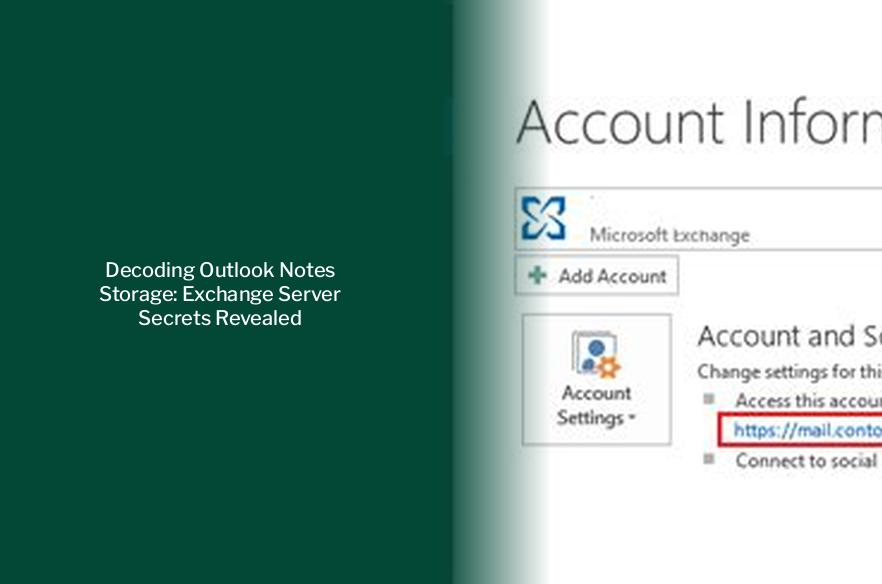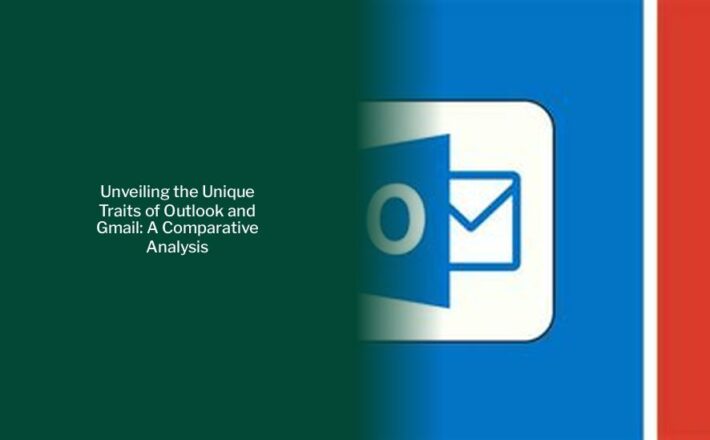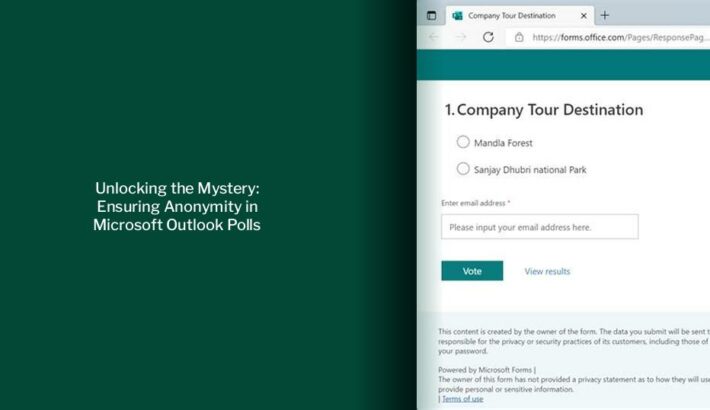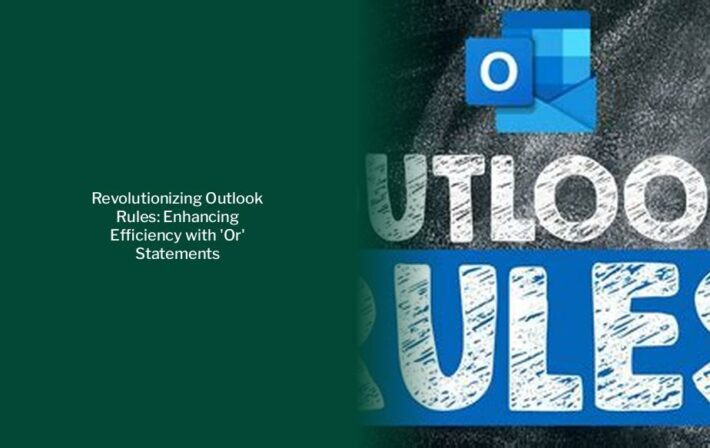Decoding Outlook Notes Storage: Exchange Server Secrets Revealed

Key takeaways :
- Outlook Notes can be found in the navigation pane towards the bottom of the page, allowing users to toggle between email and calendar.
- To create a new note in Outlook, users can click on the New Note feature in the Home navigation tab, type in the text, and close it with the x in the corner.
- Outlook’s Notes feature offers functionality for Contacts, Calendar, Tasks, and Notes, providing a comprehensive tool for organizing information.
- When caching the entire Exchange mailbox, the ost-file can be up to 30% smaller than the reported mailbox size due to compression of certain text streams.
- On modern computers with fast SSD drives, the ost-file can be as large as 20GB without noticeable performance impact, reducing the need to actively manage its size.
- Outlook Notes and Tasks are stored in the mailbox on the Exchange server, not under personal folders, as indicated during the export process.
File locations
Don’t Miss – Ultimate Guide: Locally Saving Outlook Emails in .pst Files
Unlocking the Mystery: Understanding Outlook Email Encryption

The fastest way to open the folder where your Outlook Data Files (.pst and .ost) are saved is to do the following:
How to find and use the notes feature
You can find notes in Outlook’s navigation pane towards the bottom of the page, where you can toggle between email and calendar. Click the three dots to find the note option. Create a new note by clicking on the New Note feature in the Home navigation tab. From there, type in your text, and close it with the x in the corner—don’t worry, it automatically saves.
Trending > Maximizing Outlook Categories: Ensuring Visibility and Efficiency in Email Communication
Your Outlook can change everything
Spend less time organizing your life and more time enjoying it with Outlook
Creating a New Note
The first thing to do is to open up the Notes option in Outlook. Do this by going to the bottom left of Outlook, clicking the three dots in the Navigation option, and then clicking Notes. The Notes option, where you can add, edit, and delete your notes, will open up. To create a new note, click New Note. This will create a new note with the default size and color.
Working with a Note
Outlook’s Notes look simple, but they pack a lot of functionality into a little square. There are six distinct areas of your note:
Contacts
Calendar
Tasks
Notes
When you cache your entire Exchange mailbox, the ost-file can actually be up to 30% smaller than the reported mailbox size. This is because Outlook compresses certain streams of text when storing it in the ost-file. You could compare this to zipping a large txt-file; it allows for quite some compression and thus results in a smaller ost-file.
Reducing the size of the ost-file
Reducing the size of the ost-file isn’t always that easy and not always needed either. If you are on a reasonably modern computer with a fast SSD drive, your ost-file can be as large as 20GB and you’d still wouldn’t notice a performance hit.
Decoding Email Address Sensitivity: Insights for Gmail, Yahoo Mail, and Outlook Users
Brad said: OK, but if I do an export and get to the step where I’m asked to Select a folder to export from, I see notes and tasks under my mailbox, not under my personal folders. Wouldn’t this indicate that they are stored in my mailbox on the exchange server? If your delivery location is your Exchange mailbox, then all your default folders are in the mailbox. Why are you exporting from your Exchange server? Your Exchange admins should be backing it up already. If you really want to have a copy of your data in a PST, create one with File>New>Outlook Data File and right-click and drag each of your folders to
- Start Outlook.
- On the File tab, click Account Settings, and then click Account Settings.
- On the E-mail tab, double-click your Microsoft Exchange account.
- In the Change Account dialog box, drag the Mail to keep offline slider to the desired number of months or to All to synchronize all email messages.
- Click Next.
- Click OK when you’re prompted to restart Outlook to complete the configuration change.
- Click Finish.
- Restart Outlook.
If you don’t have connectivity with the Exchange server, the following message is displayed in a folder if there are older items on the server that were not synchronized with your .ost file:
Backup and restore IMAP data
When you use an IMAP account, your Outlook data is either stored in a pst-file, an ost-file or a combination thereof. This can make it somewhat complex to properly backup both your emails and other data such as Contacts, Calendar and Tasks for IMAP accounts. Your emails and email folders are stored on the IMAP server and are synched with Outlook which stores them in a local cache file on your computer.



